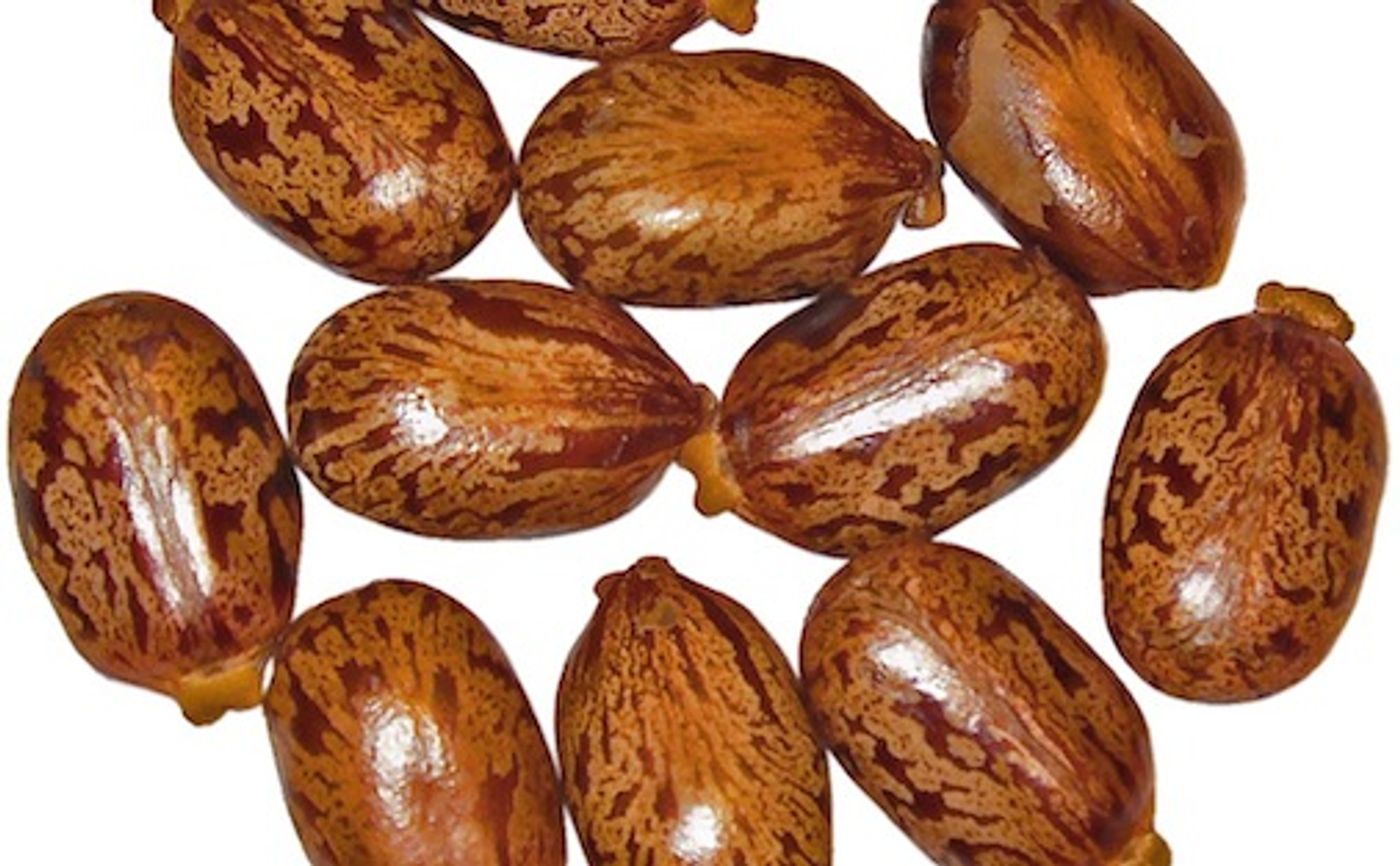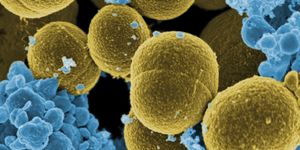An Antidote for Ricin Poisoning is in the Works
People have attempted to use ricin as a bioterrorism agent on many occasions throughout the world, and in one incident it resulted in a death. One of those individuals cited the popular TV show Breaking Bad as inspiration. The show told a story in which ricin, a toxic protein, was isolated from natural castor oil seeds, which can be done. Ricin is very dangerous and has no known antidote. Researchers now say however that an antibody cocktail they developed has the potential for eventual use as a therapeutic. The video below briefly summarizes the new work, which was presented at the Biothreats meeting of the American Society for Microbiology and was published in the journal Toxicon.
The study has indicated the successful use of the new antidote in a mouse model; it kept working up to several days after toxin exposure as well. Other research has offered some insight into a possible mechanism behind the antidote.
After exposure to ricin, ribosomes, responsible for making cellular proteins, start to break down, “the whole machinery comes to a screeching halt,” explained immunologist Nicholas Mantis. There has been an effort to make a vaccine for ricin, but it's not practical for the general population and is probably better suited “good for soldiers going into the field,” said biochemist Ohad Mazor of the Israel Institute for Biological Research in Ness Ziona, one author of the work.
The lack of treatment is glaring. “There is no specific treatment or therapy whatsoever,” said Mantis. Ricin is classified as a category B bioterrorism agent by the Centers for Disease Control; it is easy to spread and it is dangerous. The effects of exposure depend on the amount, but it can make breathing incredibly difficult. Vomiting, seizures, and diarrhea are other symptoms and an exposed individual can die within 36 hours of exposure.
The investigators exposed 30 mice to ricin, and 48 hours later treated the mice with the antibody cocktail. About 73 percent, or 22 of the 30 mice survived, while mice that went untreated died within one week of exposure.
Previous efforts toward treatments have only been effective if they've been applied within hours of toxin exposure, and that was in rodent models. Mazor wants to now test the new therapeutic in other animal models like pigs or monkeys.
Researcher that was also revealed at the meeting showed that while ricin does halt the synthesis of new proteins in cells, the protein manufacture can begin again if the toxin is taken away, and cells were able to recover. “You need ongoing toxin delivery to eventually kill the cell,” said Patrick Cherubin, who worked on the research. It suggests that to understand how the therapeutic is working, it would be worth checking to see if the antibodies stopped ricing from getting to the cells.
Sources: ScienceNews, Wikipedia, American Society for Microbiology, Toxicon









